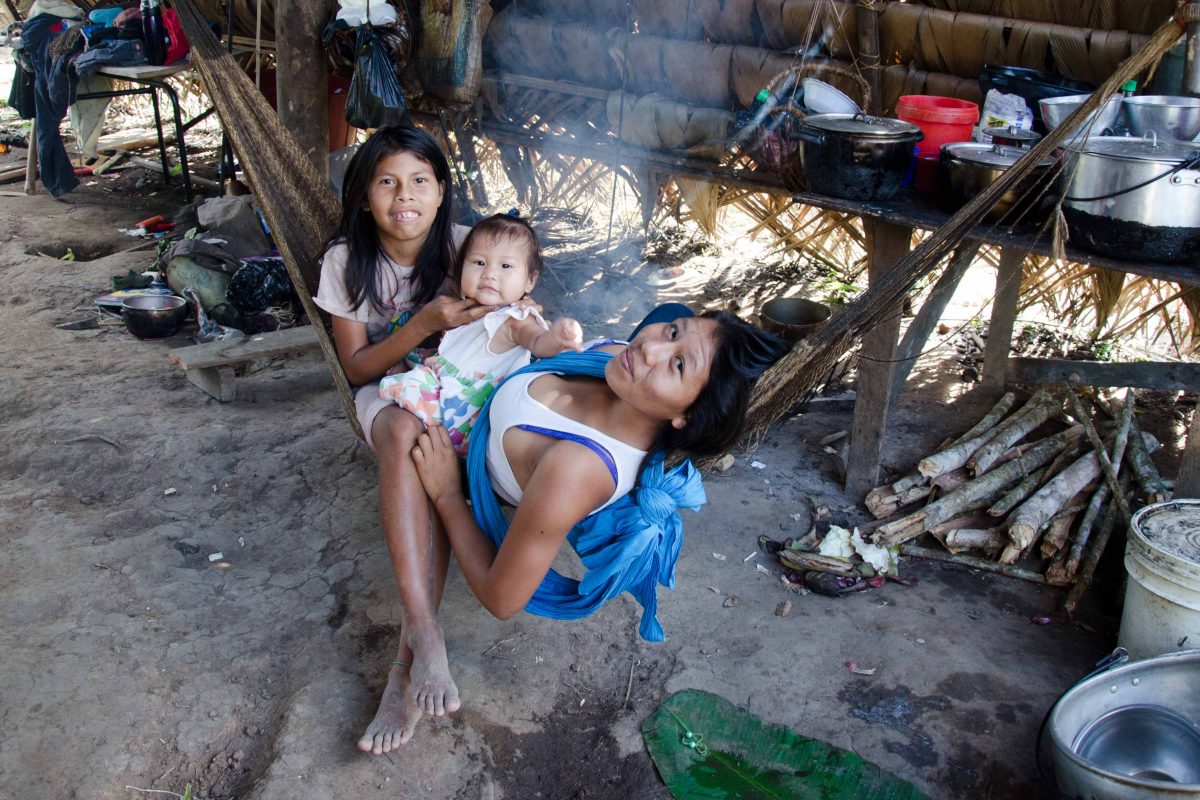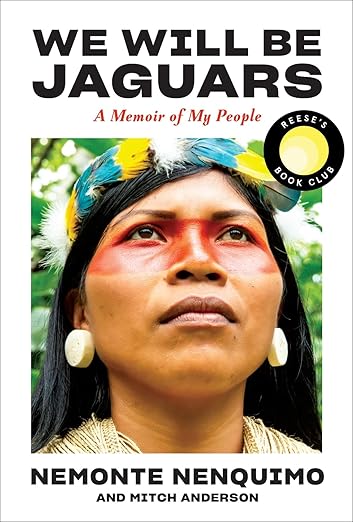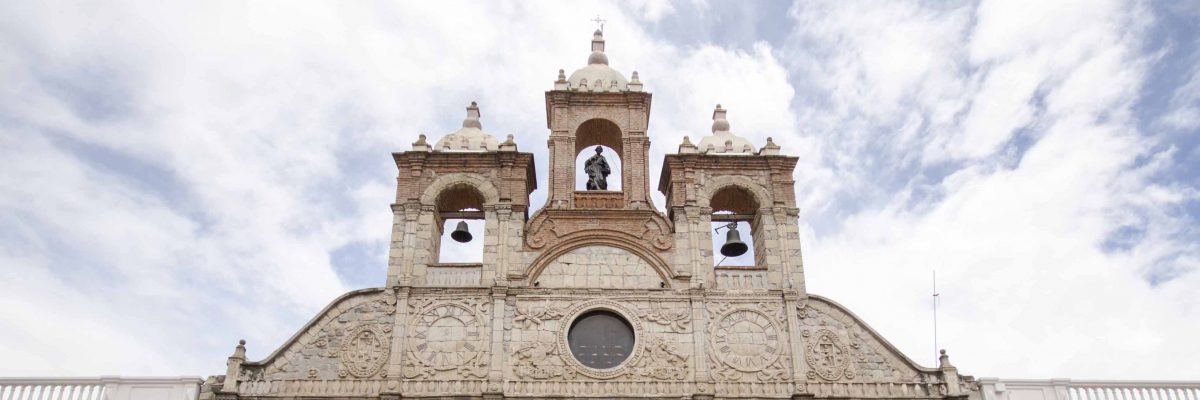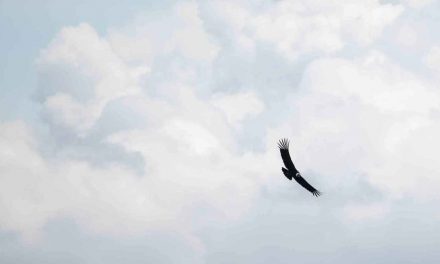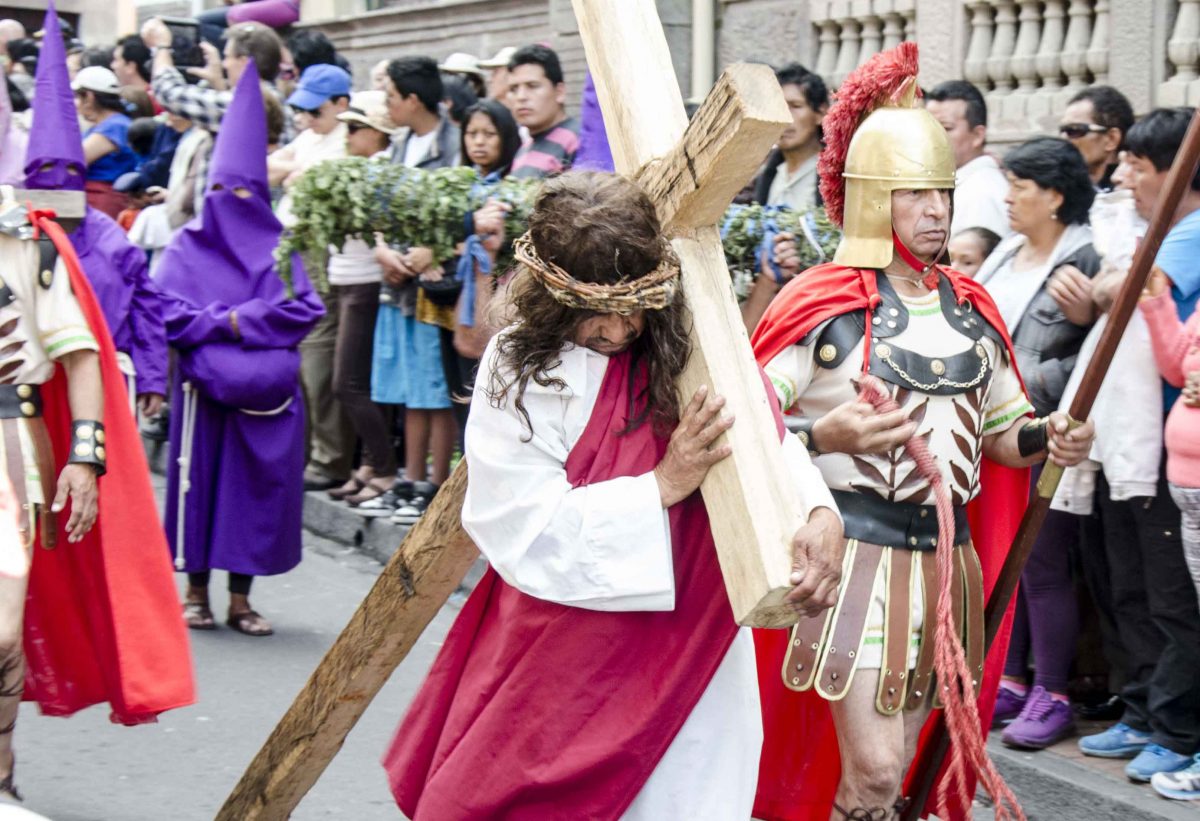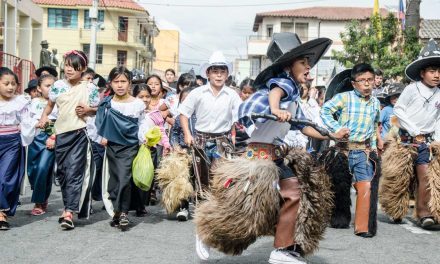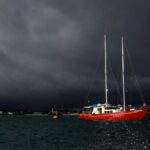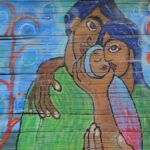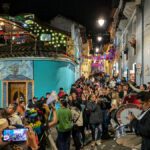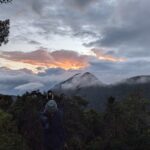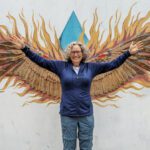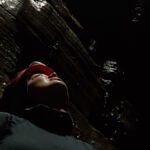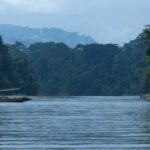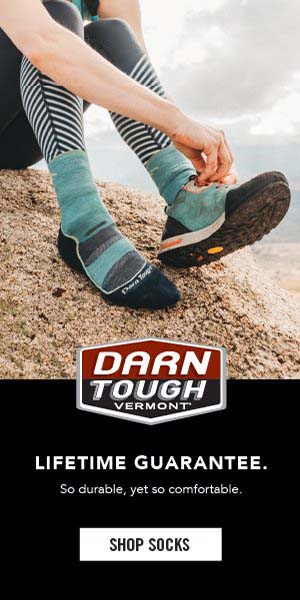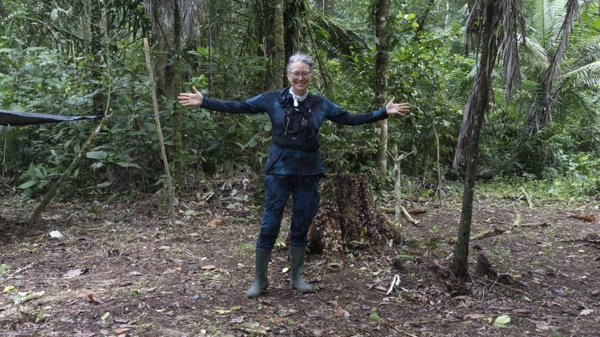As responsible travelers evolve, so do the stories we share.
This article is part of our living archive — trusted content we continue to care for.
First published on March 27, 2025 • Last updated on September 19, 2025.
Nemonte Nenquimo’s powerful message of Indigenous resistance resonates strongly in We Will Be Jaguars, a book co-written with her husband, Mitch Anderson. This is especially true in the final chapters, where we learn about the creation of the Ceibo Alliance, an organization fighting for Indigenous autonomy in Ecuador’s Amazon, and her community’s court case against the Ecuadorian government.
Nemonte weaves a story with incredible agility, inviting us to feel like a little girl in a family of full of brothers, like a rebellious teenager whose parents can never understand, like an abused and abandoned young woman with no hope for salvation. Her well-chosen moments invite us to live her experience, no matter how happy, sad, confusing, humiliating, or proud.
In the very first pages of the book, I was hooked. Maybe because I have flown in a plane very like the one that 6-year-old Nemonte announces to her brothers as it lands near her home in the Amazon jungle, Toñamapare. In 2014, I arrived in this same place as a tourist, not a missionary. And now, as I remember arriving and seeing the children gather on the sides of the grass runway, I can imagine them yelling, “Ebo, ebo, ebo!” as our plane slowly dropped and taxied in. Nemonte’s story informs my own.
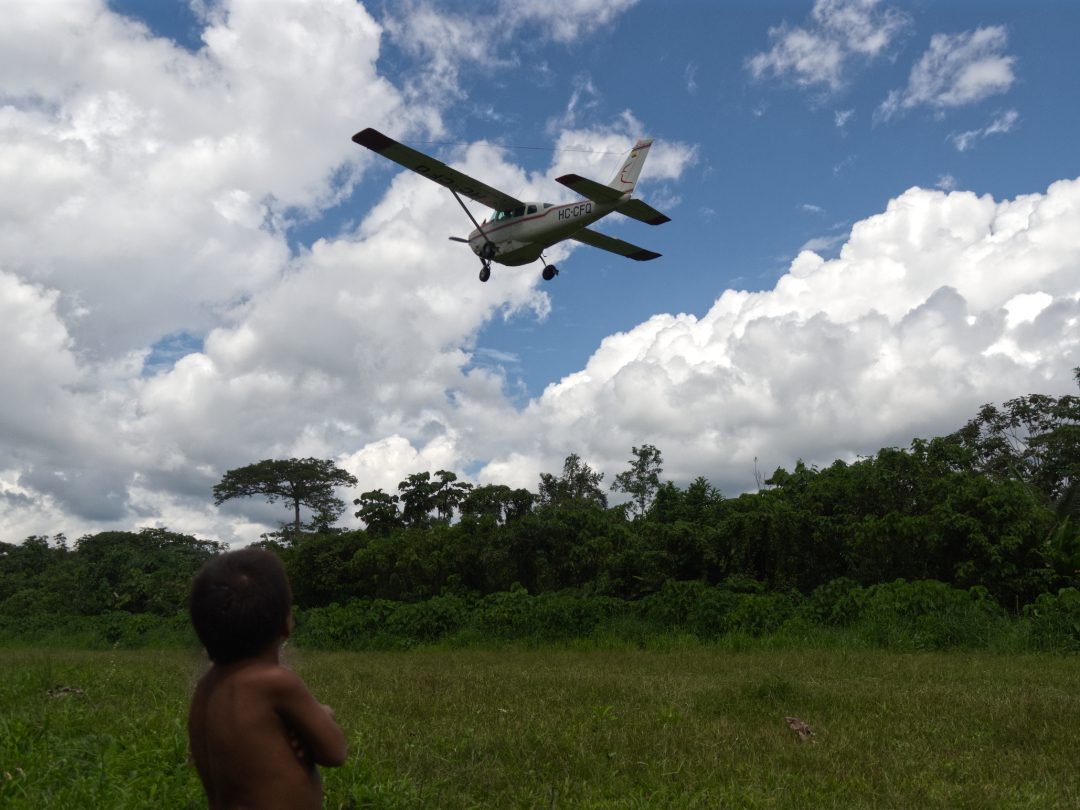
Her ability to write in a way that made me, a white woman living in the United States, feel like a Waorani child, kept me reading. I keenly felt her desire to belong, not to her native community but to a world where the missionaries’ colorful dresses and bright barrettes held as much sway as pet monkeys and beloved family members.
I read more and found a name, Bae. He was our guide at the Waorani Lodge. He taught me how to weave a basket from palm leaves and to spot a caiman in the still waters of a lagoon. He painted my hand with achiote and spoke directly with our family in Spanish. He made us feel welcome.
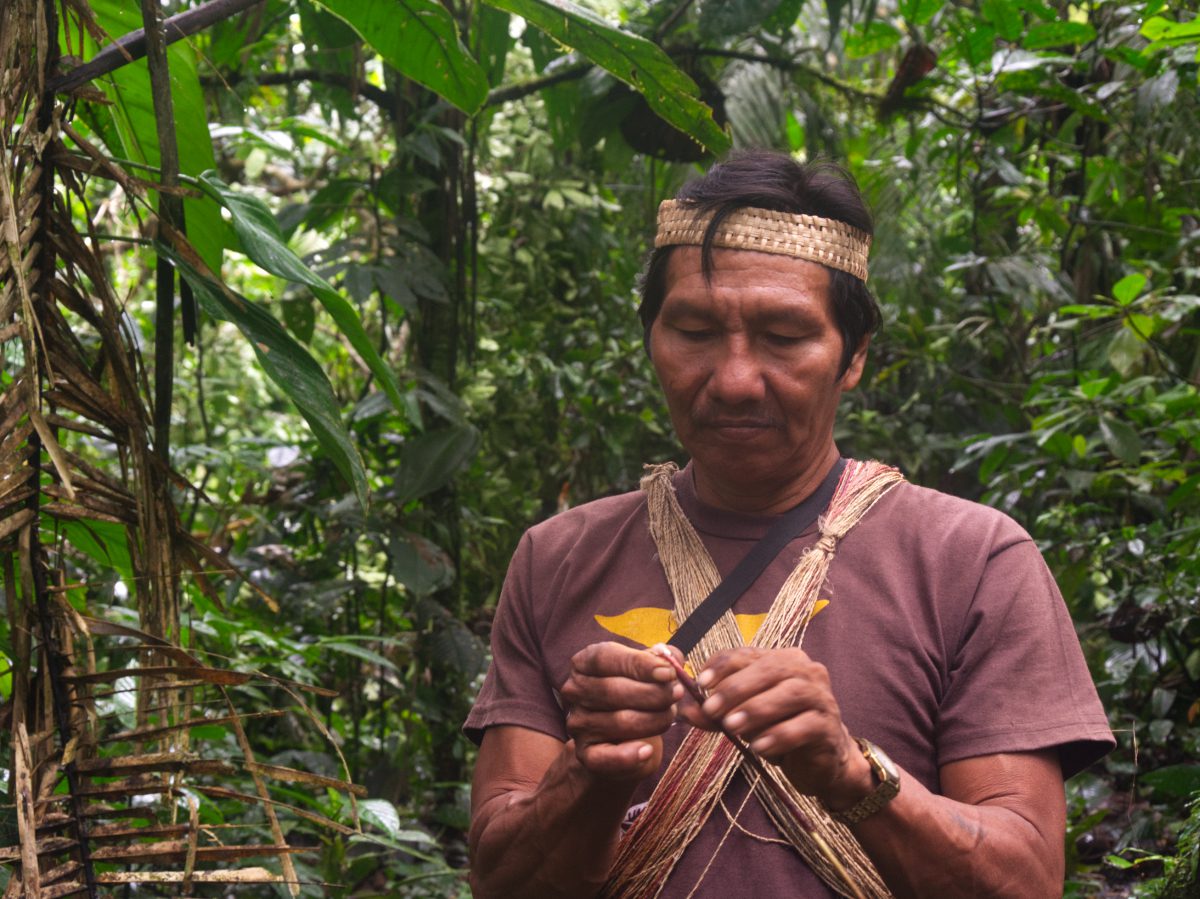
But it’s when Nemonte introduces her uncle that I am truly stunned.
“Even Nënëcawa had wheeled himself out to watch the healing…
What are you all looking at? Get back to work! If I had a good pair of legs, I could clear the landing strip all on my own.”
We met Nënëcawa on our visit to the Huaorani Lodge though we did not know his name. Bae introduced us to the village elder and his family. He took us to their hut, a short walk from the tourist cabins, as part of the unofficial tour of the community. Inside, on the dirt floor, lying on a thin mattress was an elderly man with the shriveled legs of a person damaged by polio. He attempted to lift himself to one elbow as he coughed, phlegm caught in his throat, his lungs struggling with the task. By his side, folded flat and slightly rusted, was an old wheelchair, likely the same one mentioned in the book.
We spoke with other members of the family as his wife, Wiamenke, sat in the back and their daughter showed us the hammock she was weaving, Their granddaughters swayed in the hammock hanging from the rafters, smiling and laughing as they wondered why we didn’t take their picture with our camera (we did when they asked us to… it’s the image at the top of this post).
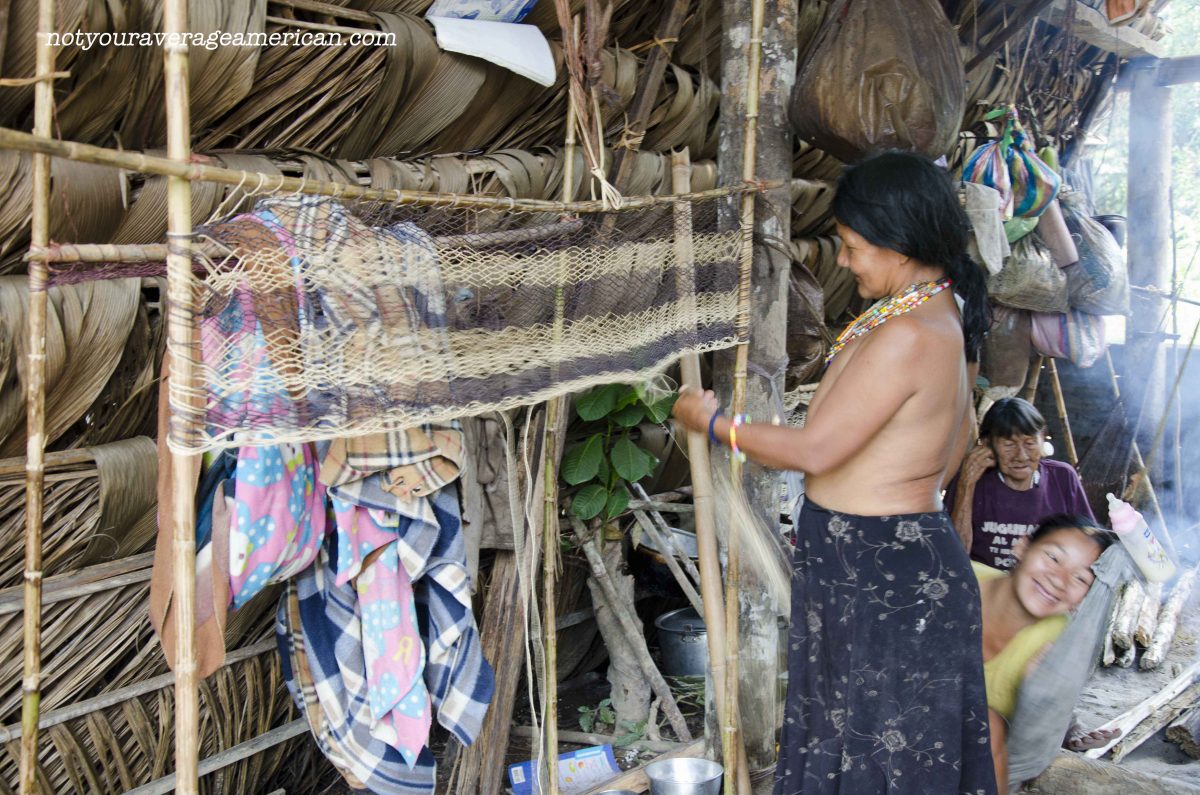
This is the first time I have read a book and known the people in the story. I may never have met Nemonte, but I had met her family. And, those of you who have heard my story know that this visit to the Waorani was a turning point in my own life. The people we met in Toñampare and Akaipa asked us difficult questions about money, the travel agency, tipping practices, and economic justice, that I did not have the answers to. Their questions sent me to learn more about sustainable tourism, how it often fails the very people it proclaims to save, and what we can do to be better tourists.
So when I read Nemonte’s words about stories being living beings, and how they die if we stop telling them, I am in awe. She has written a story that changes my own, helps me grow, and regrounds my dedication to travel better.
“For us, stories are living beings. They breathe life into our homes, into our forests. They pulse in our blood, join our dreams. They stalk us like jaguars, clack like peccary, sail like macaws, run like fish. They are powerful beings. Like rainbows, they bring peace. Like lightning, they bring war. And they are always changing. That’s how we know that they are alive. A story dies when no one tells it.”
We Will Be Jaguars is by far the best book I’ve read this decade. I highly recommend anyone wanting to immerse themselves in a story that will break their hearts, build their souls, and better their understanding of Indigenous rights, read Nemonte’s story of her people.
I design travel experiences to help people make truer connections. Nemonte’s book does that without you ever needing to leave your home.

